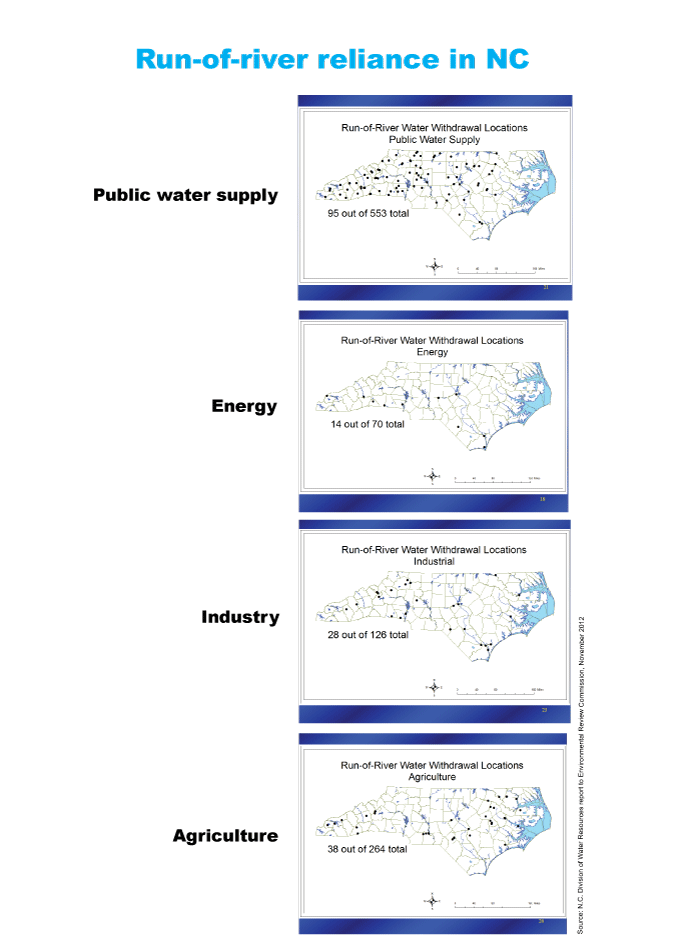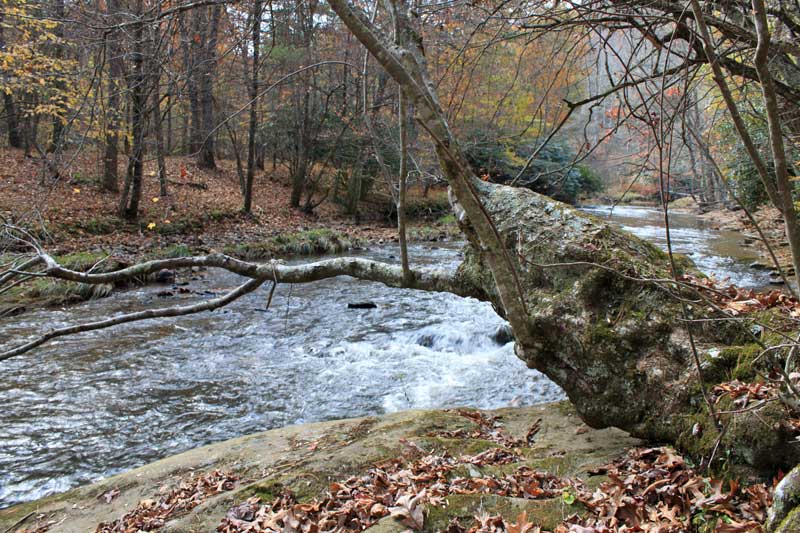Defenestration of DEHNR: John Morris comments on DWR and the agency in general
One of my hopes for this blog was that it might evolve into a discussion, even debate, over the history of environmental law and policy in North Carolina. Some of the people who were principally involved in shaping that history over the last forty to fifty years are still around, but have rarely shared their views publicly on what worked and what did not work.
One such person is John Morris. John headed the N.C. Division of Water Resources for many years. He worked his way up to that position in other jobs that gave him a view of State environmental policy, and he has remained an engaged observer in the few years since his retirement in the mid 2000s. So I was delighted that John emailed to share what he called a “comment” on my entry about the rise and fall of DEHNR from a “big tent” agency to its much smaller and more tightly focused role today.
John’s comments are important and in-depth enough to deserve their own entry, and so what follows after the break is his response in its entirety.
Read More →




